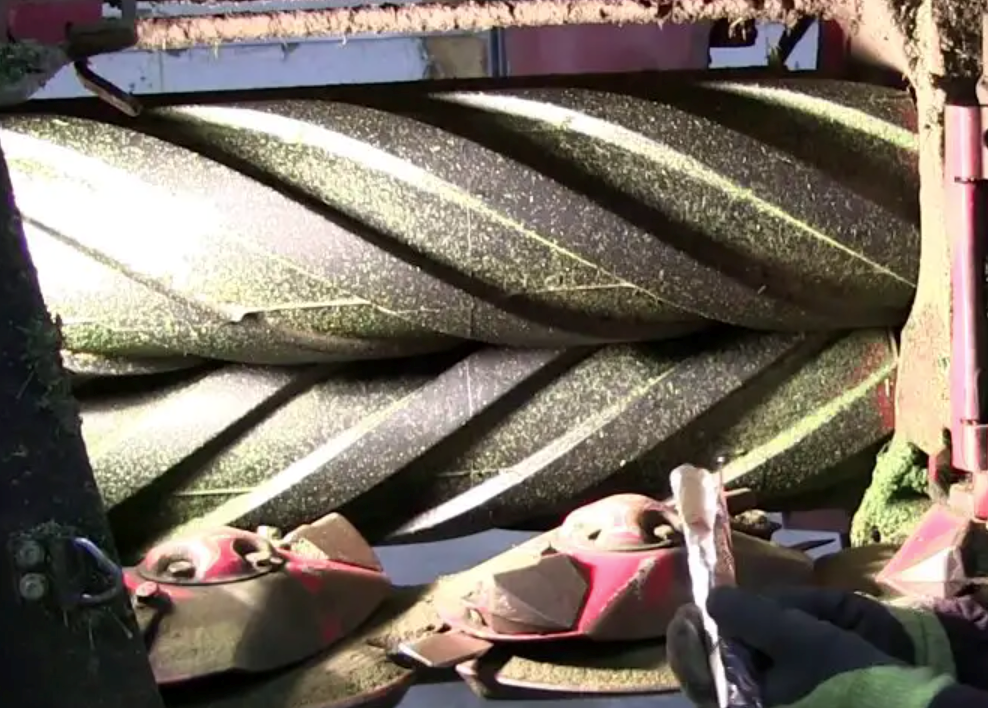Armyworm Pheromone Trap Report – 2020
Armyworm Pheromone Trap Report – 2020

Every spring we receive phone calls and emails with concerns of the presence of poison hemlock (Conium maculatum L.) in pastures, fencelines, and field edges (Figure 1).

Historical grain yields offer us a glimpse of yields yet to come, although like the stock markets, past performance is no guarantee of the future.

Growth and development of corn are strongly dependent on temperature. Corn develops faster when temperatures are warmer and more slowly when temperatures are cooler.

Harvest of cool-season perennial grasses, perennial legumes, and winter-annual small grains will begin within three weeks in Indiana.

There is now a new Purdue Crop Chat episode available, and this week #4 talks about the ramp up of planting across Indiana and considerations for seeds going into soil that isn’t quite warm enough for establishing the best stands.
Armyworm Pheromone Trap Report – 2020
2019 Black Cutworm Pheromone Trap Report Form

Sulfur (S) deficiency has become more common in Indiana with reduction in atmospheric deposition of S arising from coal-fired power plants.

The Climate Prediction Center’s outlook for May is dominated by uncertainty regarding both temperature and precipitation (Figure 1).
© 2025 Purdue University | An equal access/equal opportunity university | Copyright Complaints | Maintained by Pest&Crop newsletter
If you have trouble accessing this page because of a disability, please contact Pest&Crop newsletter at luck@purdue.edu.